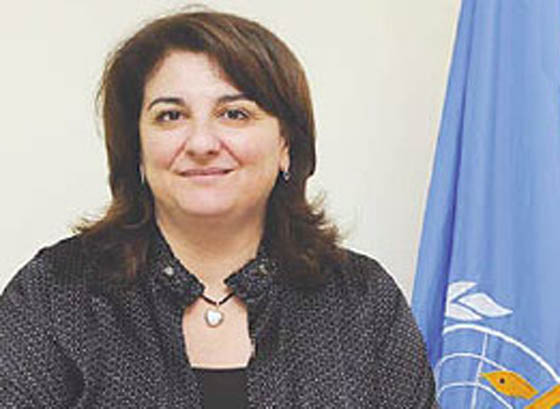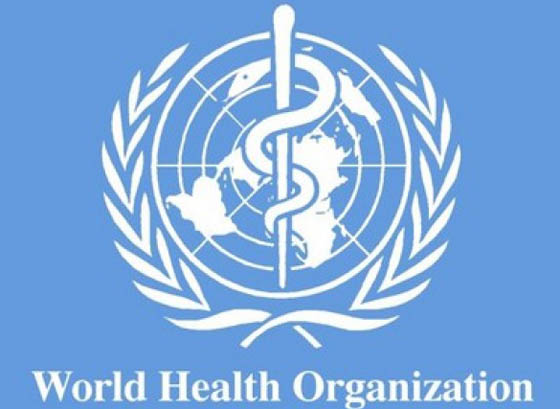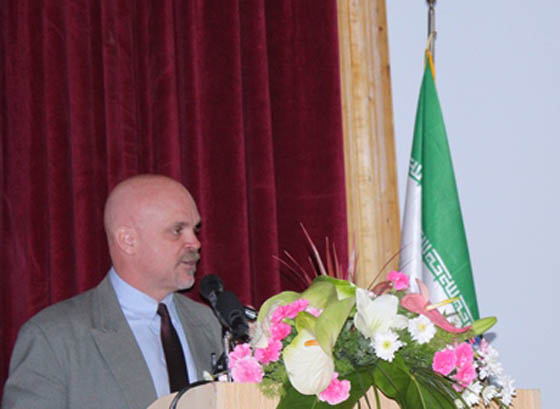Second National Conference on Emergency Medical Services

Address by Dr.Jihane Tawilah, WHO Representative in the I.R. of Iran to the Second National Conference on Emergency Medical Services, AVA Diplomatic Reports.In the Name of God, the Compassionate, the Merciful
Distinguished experts, colleagues, ladies and gentlemen,
It gives me a great pleasure to be with you today for the opening of “2nd national conference on emergency medical services” organized by the Ministry of Health and Medical Education.
I would like to thank H.E. Dr Mohammad Hassan Tarighat Monfared, Acting Minister of Health, Dr Emami Razavi, Deputy Minister for Curative Affairs and the head of Emergency Management Center, Dr Masoumi, for involving WHO in this event.
It is well known that pre-hospital emergency medical care is one of the most critical parts of medical services which plays an important role in minimizing mortalities due to chronic diseases, road traffic accidents and major emergencies.
Having said that, we are here today to discuss and share the experiences and lessons learned on how health system can improve its capacity in providing adequate emergency medical response. The main aim is to enhance treatment and reduce harm through strengthened pre-hospital emergency medical care.
Iran recognized early the pressing need to strengthen the quality and availability of pre-hospital EMS. MOHME has done a commendable job in this regard. The report on 13.7% reduction in road traffic accident mortality in 2012 comparing to 2011 is a remarkable achievement of MOHME in pre-hospital trauma care.
In my last missions to Tabriz and Mazandaran provinces, I visited the emergency medical services center (EMS) and was really impressed to see among other things, the specific programme for reduction of Maternal Mortality in collaboration with EMS and other health sectors.
In Mazandaran, they had recognized that most maternal mortality was related to poor identification and monitoring of pregnant women at high risk of complications and with poor compliance with the standards of prenatal care in Urban areas attending the private sector.
It is only after establishing a collaborative programme involving the EMS (emergency 115), the public health and the hospital departments, that Mazandaran was able to achieve zero maternal death in very short time.
This experience proves that coordination and involvement of different health sections at all levels with support from other sectors can make significant change in health indicators and shows the key role of pre-hospital care to such achievements.
The progress made by MOHME in providing pre-hospital and hospital emergency medical services including effective system in place, coverage of services, decreasing response time between notification and ambulance arrival can be presented as one of the best practice in the region.
Considering the increasing trend of NCDs including cardiovascular diseases, respiratory diseases and diabetes and the mobilization of all countries globally and regionally to reduce the impact of NCDs on health and quality of life, EMS (pre-hospital and hospital) plays significant role by making timely and accessible emergency services to all sections of the population. This can be possible not only with technology, state of the art medicine and good health information systems but mostly with the engagement, efforts and energy of the emergency health technicians and the skilled health workers.
I wish you good deliberation and thank you for your efforts to save lives.
Thank you.




